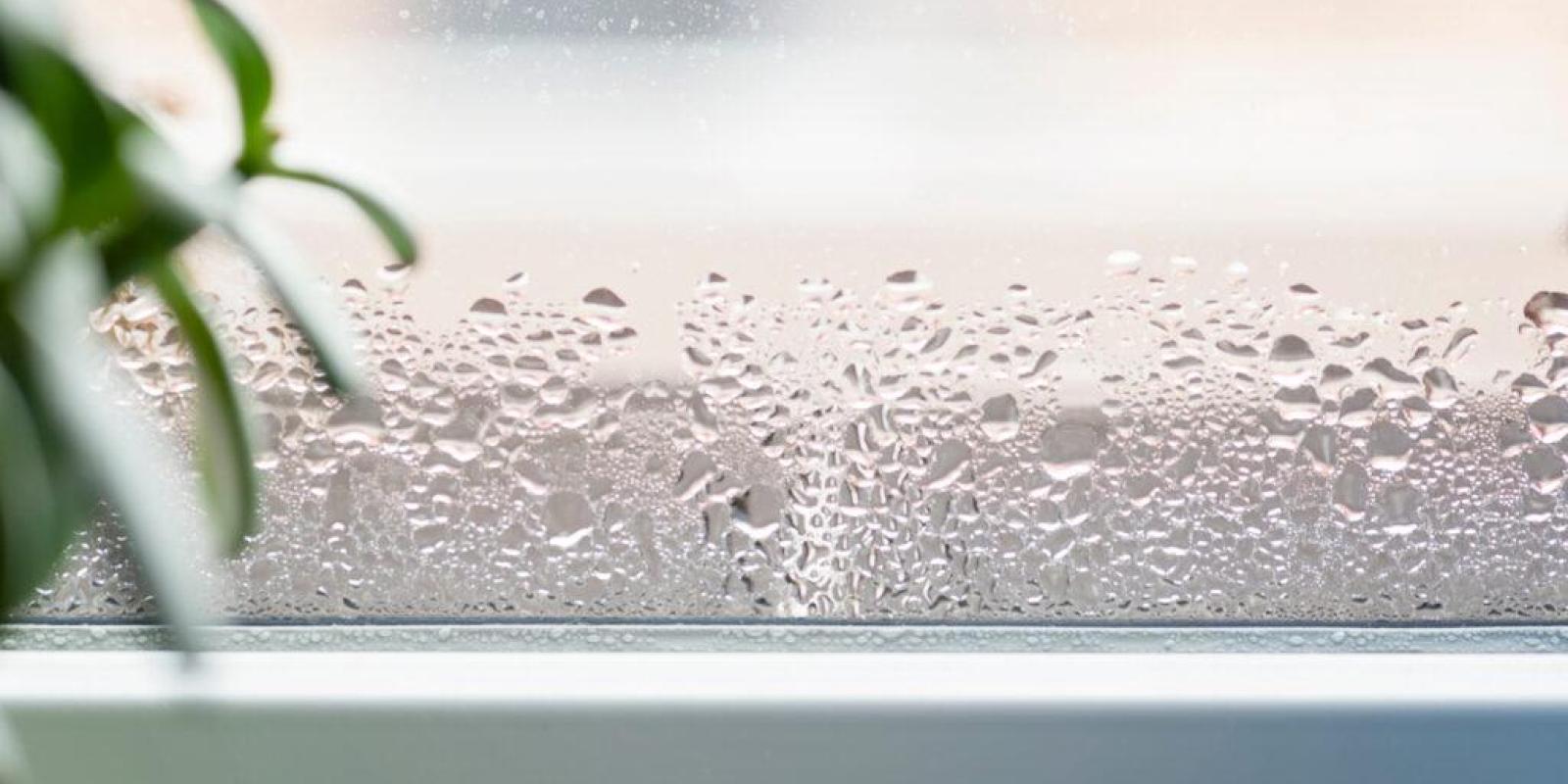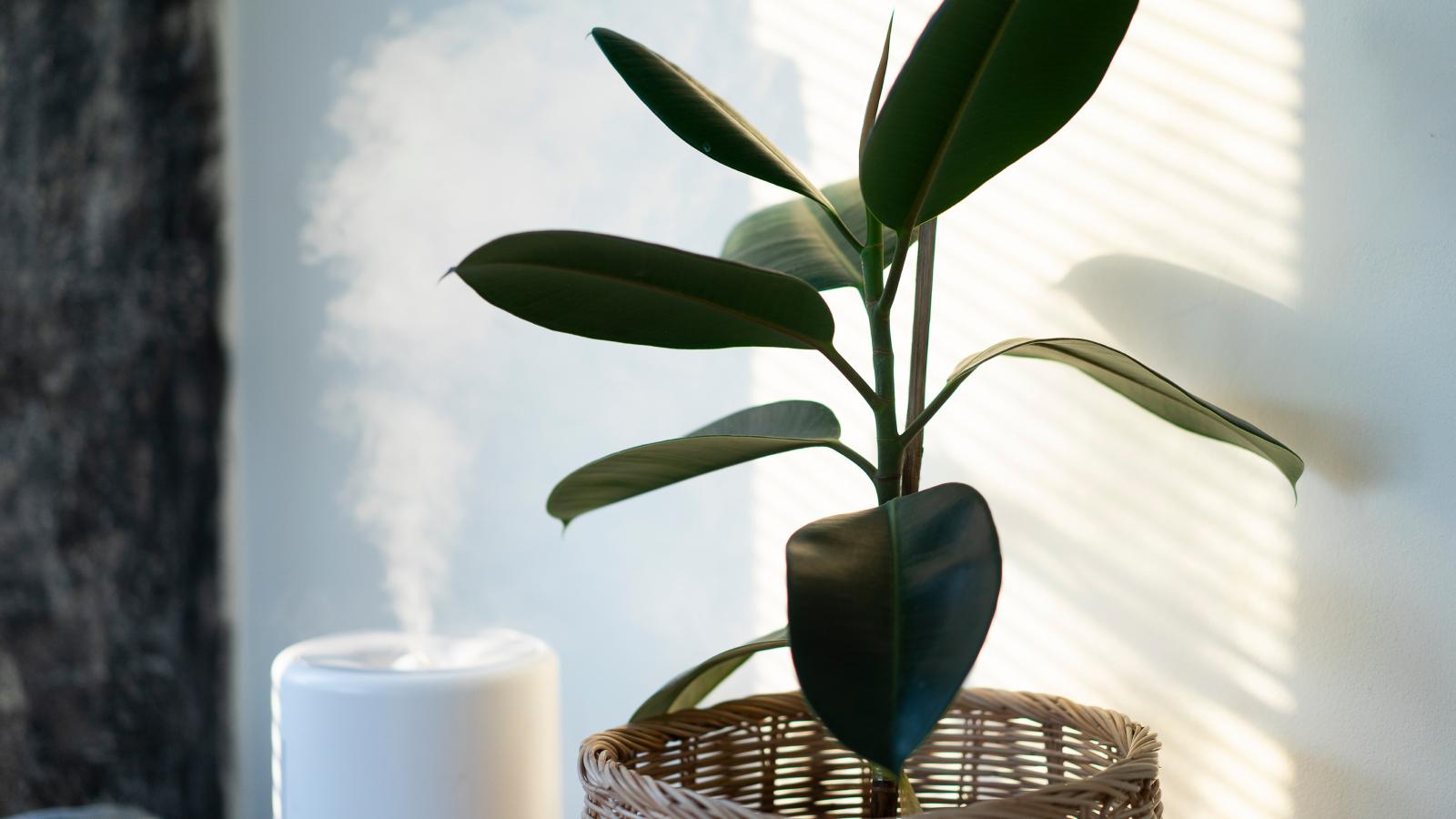Why You Should Monitor the Humidity Levels in Your Home
Maintaining good air quality in your home is important for the health of your entire family.
Maintaining good air quality in your home is important for the health and comfort of your entire family.
Humidity levels are a concept that many fail to notice until they experience drastic, noticeable shifts. When humidity levels are high, it means that the air has a high moisture content. This impedes the natural sweat evaporation process, making it harder for a person to cool down. In the U.S., states like Alaska, Hawaii, Florida, Louisiana, and Mississippi have the highest relative humidity levels, while Nevada, Arizona, Colorado, and New Mexico have the lowest. Despite this, all areas experience fluctuating levels both outdoors and indoors. Too much or too little humidity can lead to the rise of unhealthy airborne particulates. To avoid this, the Environmental Protection Agency, or EPA, recommends keeping relative humidity levels inside your home between 30% and 50%.
To keep your home humidity levels within the recommended range, you must first understand how to check them. From there, you can take steps to remedy the situation if they are too high or too low.
How to check humidity levels at home
You must determine your current levels before achieving optimal humidity in your home. To do this, you will need a digital indoor humidity meter, known as a hygrometer. They are available at most local hardware stores and are simple to read and operate. Follow the instructions provided for your model for the best results.
If the temperature reads between 30% and 50%, your home’s humidity levels are ideal, and no changes are needed. If it displays a number higher than 50%, your humidity levels are too high, while below 30% indicates too little humidity. Both of these can cause problems with your health and home and should be addressed accordingly.
If you do not have access to a hygrometer, you can test using a glass and ice cubes to get an idea of whether the levels in your home are too high or too low. Grab a glass cup and place it in the area you wish to check. Quickly add several ice cubes to the glass and leave the room. Allow the ice to sit in place for 5 minutes before returning. If there is condensation on the outside of the glass, this indicates that humidity levels are too high. No condensation at all may indicate that the humidity levels are too low.
Common signs of high humidity indoors
If you suspect your home has high humidity levels, you may notice these common signs:
- Condensation on windows
- Water stains on your fabrics or hardwood floors
- Stale or musty smells on the furniture or carpet
- Mold or mildew in the bathrooms, basement, or under the sink
- Stuffy air
- Peeling paint or wallpaper
- Swollen wooden floors, cabinets, or doors
High humidity levels can cause irreversible damage to linens, furniture, wood, paint, and other surfaces in your home. If you notice these signs, it is important to remedy the situation quickly to avoid further damage and organic matter development. Mildew and dust also thrive in high humidity.
How to decrease humidity levels
There are simple solutions for reducing moisture in your home’s air. These include opening windows, turning on exhaust fans in the kitchen and bathroom, or running your central air conditioning unit. There are also simple design tricks that can help. If you’re redesigning or redecorating your bathroom, consider using mildew-resistant paint and primer. Even if you only use this paint for the lower parts of the walls, it can cover old mildew stains and prevent new spots from developing. You can also swap bathroom rugs for tile floors to prevent mold and mildew in these high-humidity areas.
Add indoor plants to decrease indoor humidity and make your home feel inviting. For example, a peace lily can absorb humidity and toxins through its leaves. Peace lilies only need indirect sunlight to grow, making them ideal, low-maintenance houseplants. If you’re looking for a plant that can be hung, on the other hand, the English ivy might be a perfect fit. When they’re hung up high, they absorb the humidity rising in the air, and you don’t have to worry about children or pets knocking them over.
If these tactics fail to reduce the levels to under 50%, investing in a dehumidifier is your best bet. A dehumidifier is a machine designed for humidity control that removes moisture from the air. This is one of the most effective and efficient methods, but choosing the right one for your home is critical.
How to increase humidity levels
When it comes to humidity in the home, low levels can be just as harmful to your home and your health as high levels. Without adequate moisture in the air, your wood floors, electronics, musical instruments, and other sensitive objects may be damaged. Likewise, you may experience high amounts of static electricity throughout the house, nosebleeds, or respiratory infections.
Instead, low humidity levels require moisture to be added to the air. This is typically achieved using a humidifier. These machines are similar to dehumidifiers; however, instead of sucking moisture out of the air, it pumps it into the air. While other methods like showering with your bathroom door open, adding certain houseplants, or air drying your laundry instead of using the dryer may help, a humidifier is your best bet for maximum comfort and protection.
Explore dehumidifiers and humidifiers
A dehumidifier’s drying capacity is measured by how many pints of water it can remove from the air within 24 hours. You may only need a small dehumidifier to control the moisture in one room or apartment. Most portable, single-room dehumidifiers are self-draining and come with a drain-hose connection. You’ll need to place it where the hose can empty water, such as a laundry room sink. Dehumidifiers with large tubs or drip pans can hold more and will need to be emptied less often. Some dehumidifiers use evaporation technology, so a drain hose isn’t required. Another option is installing a whole-home dehumidifier. These connect to your existing ductwork and must be installed by an HVAC professional. They are much more effective in humid climates or when humidity levels are too high throughout the home.
When it comes to humidifiers, each unit will have different capabilities. A small humidifier will require the user to fill it with water regularly as it empties the moisture into the air. For instance, a small dehumidifier may hold a gallon of water, whereas whole home humidifiers will connect to a water line. This enables a continuous output of moisture into the air without the need for constant refilling and monitoring. An HVAC expert must install these systems as they connect to the existing system.
Trane’s top picks for home humidity control
The fan-powered humidifier adapts from winter to summer to release the right amount of moisture into your indoor air all year. It is suitable for homes up to 4200 sq ft and has a maximum output of 18 gallons per day.
Whole Home Dehumidifiers with Optional Ventilation
Trane’s whole home dehumidifier with optional ventilation pairs with an existing single-speed HVAC system to provide optimal comfort all year. This system is ideal for homes up to 3000 sq ft and can remove up to 15 gallons of excess moisture from the air.
The Envirowise Steam Humidifier operates independently of existing heating systems to ensure adequate humidity levels whether the heat is on or off. It can accommodate homes up to 5200 sq ft with an output of 34.6 gallons daily.
Connect with a local Trane dealer today
Still unsure of how to check humidity levels, don’t have access to an indoor humidity meter, or need further assistance in finding the right option for your home or existing HVAC system? Find a local Trane dealer today for a customized approach to humidity control.




